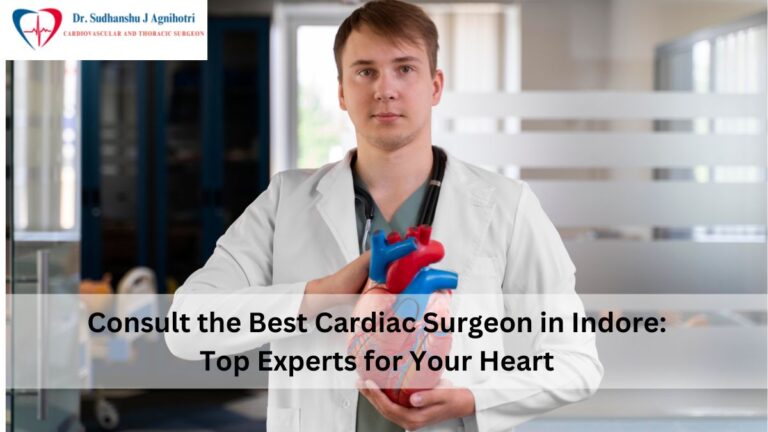Recognizing the Red Flags – How To Know If You’re Having a Heart Attack
Every year, millions of people face the terrifying reality of a heart attack. Understanding the warning signs can be the difference between life and death. In this comprehensive guide, we will equip you with the knowledge to recognize the signs of a heart attack and the necessary steps to take when these symptoms emerge.

What Is Heart Attack
A heart attack, medically known as a myocardial infarction, occurs when blood flow to the heart muscle is blocked, usually by a blood clot. It’s crucial to recognize the early signs, as rapid response can significantly improve survival rates and minimize damage to the heart muscle.
Recognizing the Symptoms
Not all heart attacks begin with the sudden, crushing chest pain often depicted in movies. The warning signs can vary significantly between individuals and between men and women. Here are the key symptoms to watch out for:
- Chest Discomfort: This is the most common sign. The discomfort usually occurs in the center or left side of the chest and lasts for more than a few minutes. It may feel like uncomfortable pressure, squeezing, fullness, or pain.
- Discomfort in Other Areas: Symptoms can include pain or discomfort in one or both arms, the back, neck, jaw, or stomach.
- Shortness of Breath: This can occur with or without chest discomfort and is a significant warning sign.
- Nausea or Lightheadedness: Some people may experience a cold sweat, nausea, or lightheadedness.
- Unusual Fatigue: A sudden and unexplained feeling of fatigue, especially in women, could be a symptom of a heart attack.

Immediate Response to Symptoms
If you or someone else shows any of these signs, it’s critical to treat it as a medical emergency.
- Call Emergency Services: Don’t ignore or attempt to tough out the symptoms of a heart attack. Call Heart Surgeon Indore immediately.
- Chew an Aspirin: Aspirin can prevent further blood clotting. However, always consult with the emergency services before taking one, as it may not be suitable for everyone.
- Stay Calm: It’s easier said than done, but try to stay calm. Panic can increase heart rate and blood pressure, worsening the situation.
Preventing Heart Attacks
While it’s vital to recognize the symptoms of a heart attack, prevention is always better than cure. Here are some steps you can take to reduce your risk:
- Regular Exercise: Regular physical activity helps to maintain a healthy weight and lower cholesterol and blood pressure.
- Healthy Diet: A diet rich in fruits, vegetables, whole grains, lean protein, and low-fat dairy can help protect your heart.
- Quit Smoking: Smoking is a significant risk factor for heart disease. Quitting is the best thing you can do for your heart health.
- Limit Alcohol: Excessive drinking can lead to high blood pressure, heart failure, and stroke.
- Regular Checkups: Regular health checkups can help detect problems before they become severe.
Conclusion
Being aware of the signs of a heart attack can save lives. If you or someone else exhibits any of these symptoms, don’t hesitate—to call emergency services immediately. Remember, every second counts.








